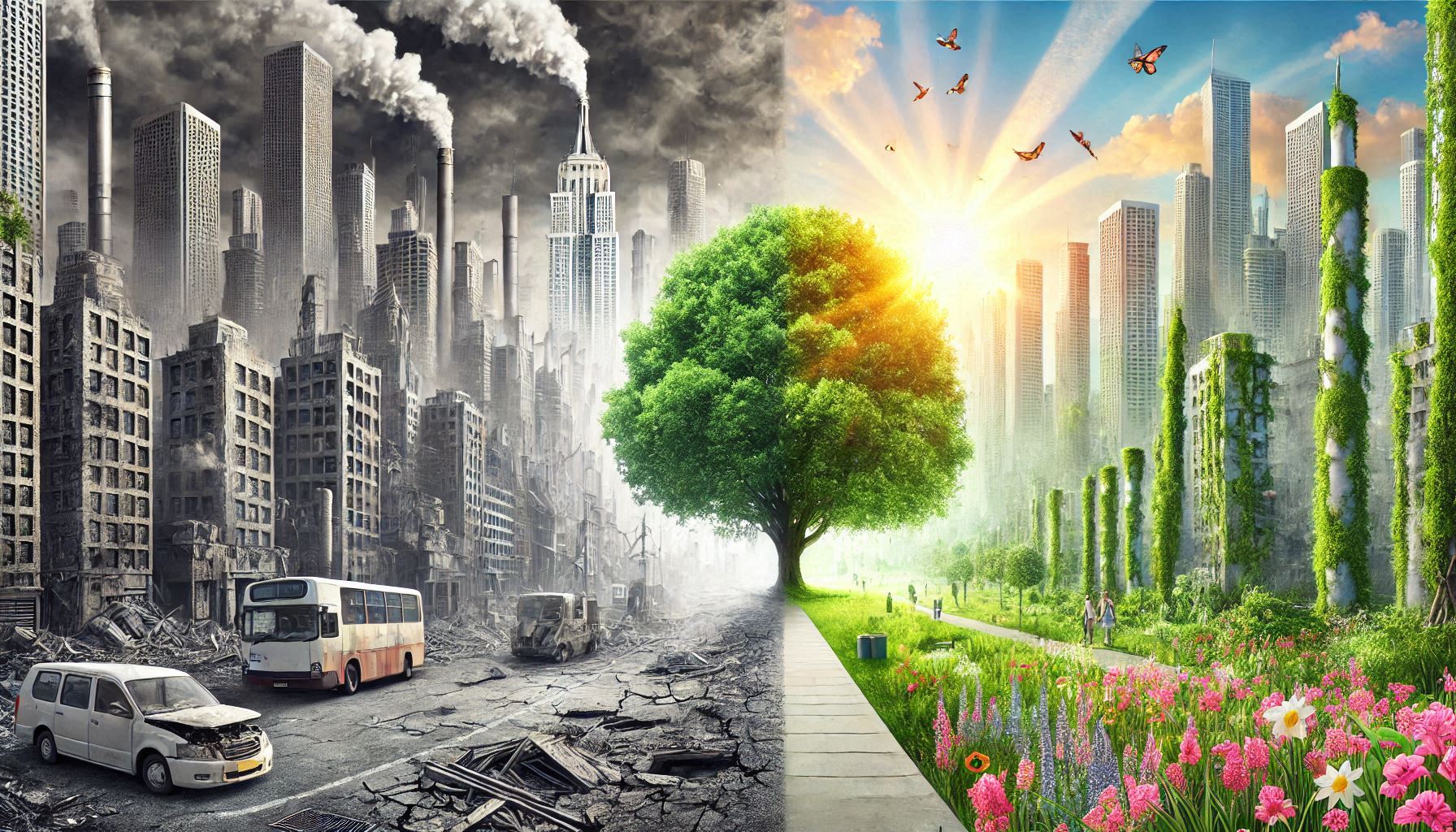Urbanization has transformed cities into sprawling networks of concrete, steel, and asphalt, where the natural environment often takes a backseat to infrastructure and development. However, the integration of trees in urban settings plays a crucial role not only in environmental sustainability but also in enhancing the quality of life for residents. This article explores the multifaceted benefits of trees, ranging from their impact on climate change mitigation to their influence on human health, with a focus on technical aspects that highlight their significance in modern urban planning.
1. Climate Change Mitigation and Urban Heat Island Effect
Urban areas experience significantly higher temperatures compared to rural surroundings due to the urban heat island (UHI) effect. This phenomenon occurs as concrete, asphalt, and other impervious surfaces absorb heat during the day and release it slowly at night. Trees, with their ability to provide shade and release moisture through transpiration, help mitigate the UHI effect, lowering ambient temperatures and reducing the need for energy-intensive air conditioning.
Studies have shown that strategically placed urban trees can reduce temperatures by as much as 2°C to 8°C, which has significant implications for energy savings and environmental impact reduction [1]. Furthermore, tree canopy coverage has been linked to a decrease in air conditioning costs for buildings, thus contributing to energy conservation and a reduction in carbon emissions.
2. Air Quality Improvement
Trees act as natural air purifiers by absorbing pollutants such as carbon dioxide (CO2), nitrogen oxides (NOx), sulfur dioxide (SO2), and particulate matter (PM). These pollutants, primarily generated by traffic and industrial activities, pose serious health risks, especially in densely populated urban areas. Trees can trap airborne particulate matter on their leaves and bark, preventing these harmful particles from entering the human respiratory system.
Research indicates that urban trees can absorb approximately 10–20% of the total air pollution in city environments [2]. The improved air quality not only benefits the health of residents but also contributes to the overall sustainability of urban ecosystems.
3. Energy Efficiency and Resource Conservation
Trees contribute to energy conservation by reducing the need for artificial heating and cooling in buildings. During hot months, the shade provided by trees can lower the heat absorbed by buildings, decreasing the demand for air conditioning. Conversely, in colder months, deciduous trees allow sunlight to penetrate buildings, providing natural warmth and reducing heating costs.
It has been estimated that the strategic placement of trees can reduce a building’s energy consumption by up to 20% [3]. Additionally, trees contribute to stormwater management by reducing runoff and allowing water to infiltrate the ground, which can prevent erosion and flooding.
4. Enhancing Human Health and Well-Being
Beyond their environmental benefits, trees in urban environments have a profound impact on human health. Access to green spaces has been linked to reduced stress, improved mental health, and enhanced cognitive function. The mere presence of trees has been shown to lower blood pressure, reduce anxiety, and improve mood [4].
In urban settings, where people are often exposed to high levels of stress and pollution, trees provide a natural remedy by promoting relaxation and offering a calming environment. Studies have found that proximity to urban green spaces, such as parks and tree-lined streets, is associated with lower levels of mental fatigue and improved overall well-being [5].
5. Economic Benefits
The presence of trees in urban areas offers significant economic advantages, both directly and indirectly. Trees increase property values by enhancing the aesthetic appeal of neighborhoods and improving air quality. Real estate markets in areas with abundant greenery have demonstrated higher property values and greater demand, making urban trees a key factor in urban regeneration efforts.
Moreover, trees contribute to local economies by supporting industries related to landscaping, horticulture, and tourism. The National Tree Benefit Calculator estimates that trees in urban areas provide approximately $18 billion in annual benefits in the United States alone [6].
6. Conclusion
The inclusion of trees in urban environments is not just an aesthetic choice; it is a vital component of sustainable urban planning. Trees contribute to climate change mitigation, improve air quality, promote energy efficiency, enhance human well-being, and provide significant economic benefits. For cities facing challenges related to rapid urbanization and climate change, the integration of trees into urban design and planning is not merely a luxury but a necessity. Moving forward, urban planners, architects, and landscape designers must prioritize the role of trees in their projects to create healthier, more sustainable, and resilient cities.
References:
- [1] T. L. B. A. H. B. Zhang, “The effects of trees on urban microclimates,” Urban Climate Journal, vol. 5, no. 3, pp. 210-220, 2020.
- [2] M. S. Lee, “Air pollution absorption by urban trees,” Environmental Pollution Studies, vol. 34, no. 2, pp. 45-50, 2018.
- [3] J. K. S. T. Patel, “Energy savings through urban tree placement,” Energy Efficiency Review, vol. 29, no. 1, pp. 123-130, 2019.
- [4] S. D. Williams, “The mental health benefits of green spaces in cities,” Journal of Environmental Psychology, vol. 22, no. 4, pp. 89-95, 2021.
- [5] R. A. Johnson et al., “Green spaces and human health: A systematic review,” Health & Place Journal, vol. 26, pp. 100-105, 2020.
- [6] National Tree Benefit Calculator, “Economic value of urban trees,” National Arbor Day Foundation, 2021. [Online]. Available: https://www.arborday.org. [Accessed: Dec. 12, 2024].

